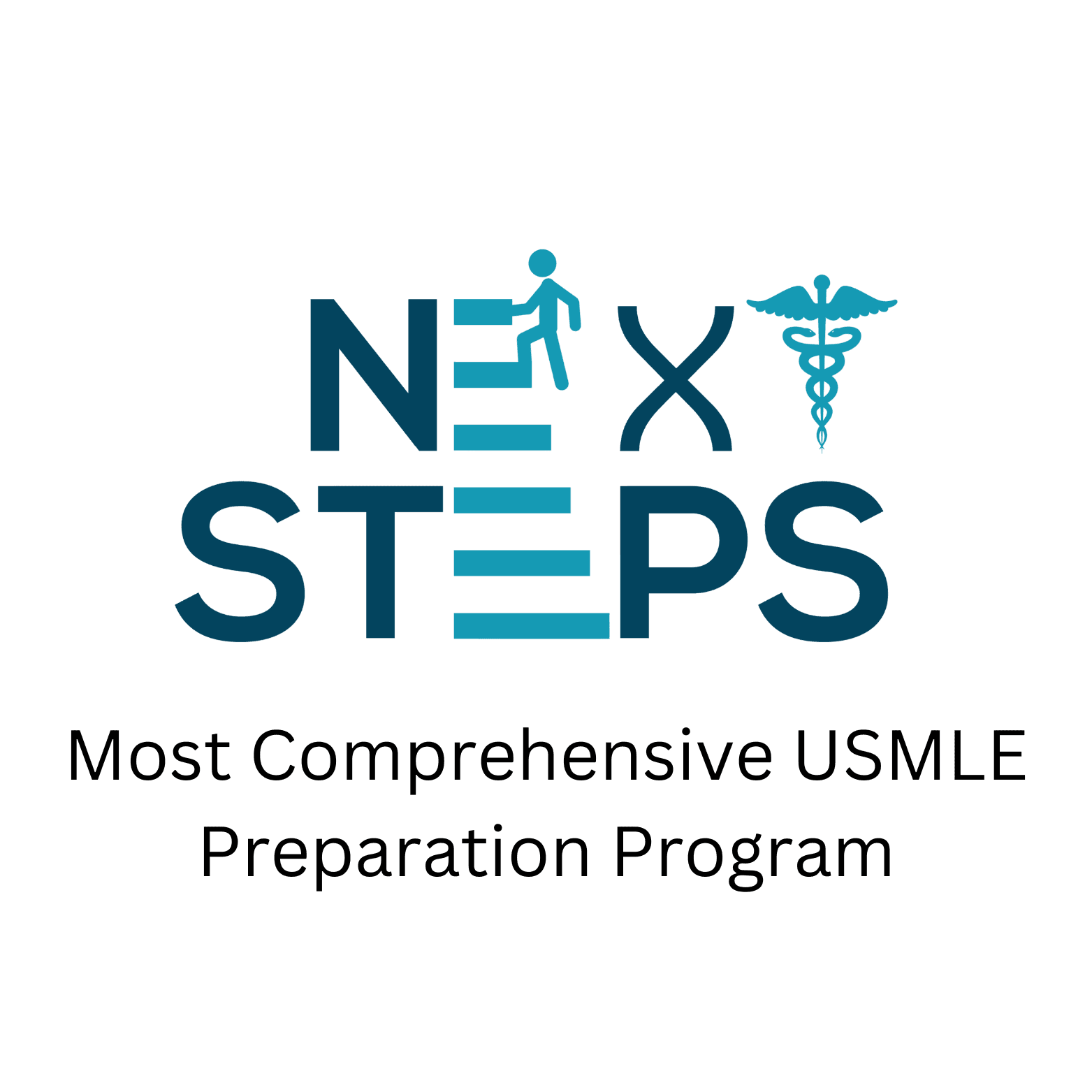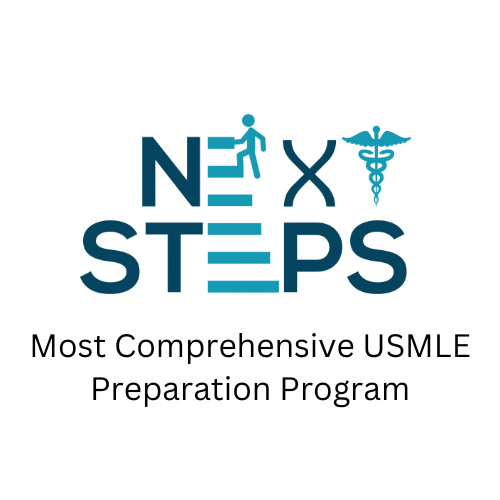What is the Salary After USMLE? A Guide to Medical Salaries in the U.S. Post-Examination
The United States Medical Licensing Examination (USMLE) is a rigorous multi-step process that foreign and domestic medical graduates must complete to practice medicine in the U.S. While the USMLE itself doesn’t guarantee a salary, successfully passing the exam opens doors to residency programs and, eventually, medical careers in the U.S. But what can you expect in terms of salary after USMLE and entering the medical field?
In this post, we’ll explore salary expectations at various stages of your career journey salary after USMLE, from residency to fully licensed physician.
1. Salary During Residency: The Early Years
Once you pass the USMLE exams and match into a residency program, you begin your career as a resident physician. Residency is a period of hands-on clinical training that typically lasts between 3-7 years, depending on your specialty.
Residents work long hours, often under demanding conditions, but their compensation reflects their role as trainees.
Average Salary of Medical Residents
-
- Range: The salary for residents varies depending on location, the type of residency program, and the hospital.
-
- On average, residents in the U.S. can expect to earn between $50,000 to $70,000 per year.
-
- Specialty Variations: Some specialties, such as surgical residencies, tend to pay on the higher end of this range.
-
- while specialties like family medicine and pediatrics may be closer to the lower end.
-
- Location Factor: Residents in major metropolitan areas may receive higher salaries due to the higher cost of living.
-
- For example, salaries in New York or California tend to be higher compared to rural or less expensive states.
While residency salaries may seem modest, it’s important to remember that this is the period of professional development where you gain hands-on experience and refine your skills.
2. Salary after USMLE as a Fully Licensed Physician
After successfully completing your residency, you’re ready to practice as a fully licensed physician. At this stage, your earning potential significantly increases, especially as you gain more experience and begin working independently.
Average Salary of Attending Physicians
-
- Range: Once you finish residency and become an attending physician, salaries can vary widely based on specialty, geographic location, and years of experience.
-
- The average salary for attending physicians ranges from $200,000 to $500,000 per year.
-
- Specialty Breakdown:
-
- Primary Care: Specialties like family medicine, internal medicine, and pediatrics typically have average salaries in the range of $200,000 to $250,000 per year.
-
- Surgical Specialties: Highly specialized fields like neurosurgery, orthopedic surgery, and cardiothoracic surgery tend to command higher salaries, often ranging from $400,000 to $600,000+ per year.
-
- Specialist Physicians: Other specialties, such as dermatology, radiology, and anesthesiology.
-
- Also offer high salaries, with averages around $300,000 to $450,000.
-
- Specialty Breakdown:
Factors Influencing Salaries
-
- Geography: Salaries can vary significantly by state. For example, doctors practicing in urban centers or high-cost-of-living states (California, New York) may earn more than those practicing in rural or lower-cost areas.
-
- Type of Practice: Physicians in private practice often have the potential to earn more, but this comes with increased responsibility for overhead costs and management.
-
- Physicians working in academic or government settings might earn a slightly lower salary but may benefit from better work-life balance, job security, and additional benefits like research opportunities.
3. Bonuses and Additional Income
In addition to base salaries, many physicians receive additional compensation through bonuses, incentives, and profit-sharing opportunities:
-
- Performance Bonuses: Many hospitals or healthcare systems offer performance-based bonuses.
-
- These may be linked to patient satisfaction, productivity metrics, or hitting certain revenue targets.
-
- Sign-On Bonuses: Some employers, especially in high-demand specialties or underserved areas, may offer sign-on bonuses ranging from $10,000 to $100,000.
-
- Overtime and Moonlighting: During residency and early in your career, you may be able to increase your income by working extra shifts or “moonlighting.”
-
- Some hospitals or practices may pay higher rates for these additional hours.
4. Long-Term Earning Potential and Career Growth
As you gain experience and specialize further, your earning potential can grow substantially. Many physicians also take on leadership roles in hospitals, research, or teaching, which can boost their salaries.
Private Practice vs. Hospital Employment
-
- Private Practice: Physicians who run or co-own a private practice often have the potential to earn more, though they also assume the risks and administrative responsibilities of practice ownership.
-
- Private practice owners may earn anywhere from $300,000 to $700,000+, depending on location and specialty.
-
- Hospital Employment: Physicians employed by hospitals tend to have more predictable salaries, with base salaries typically ranging from $200,000 to $500,000 annually.
-
- Depending on specialty and experience. However, hospital employees usually have better work-life balance and fewer administrative responsibilities.
Academic Medicine and Research
Physicians who pursue careers in academic medicine or research might earn lower salaries than those in clinical practice, but these roles offer unique benefits such as involvement in teaching, groundbreaking research, and opportunities for grants and publications.
Salaries for academic physicians range from $150,000 to $250,000 depending on the field, rank, and institution.
5. Additional Benefits
In addition to salaries, physicians in the U.S. often receive a wide range of benefits:
-
- Health Insurance: Comprehensive medical, dental, and vision insurance plans.
-
- Retirement Plans: Access to retirement savings plans such as 401(k) or pension plans with employer contributions.
-
- Paid Time Off (PTO): Most physicians receive generous paid time off (vacation, sick leave, parental leave).
-
- Malpractice Insurance: Coverage is often provided or reimbursed by the employer, especially for hospital-based physicians.
Final Thoughts
While the salary after USMLE varies depending on factors such as specialty, location, and type of practice, the earning potential for medical professionals in the U.S. is generally high. Starting with a residency salary after USMLE that ranges from $50,000 to $70,000.
physicians can expect to earn significantly more once they become fully licensed and practicing in their respective specialties, with salaries ranging from $200,000 to over $500,000 annually.
As you move forward in your medical career, factors such as geographic location, work-life balance, job type, and your chosen specialty will continue to influence your earning potential. It’s essential to consider both your passion for medicine and your financial goals when making decisions about your career path.





